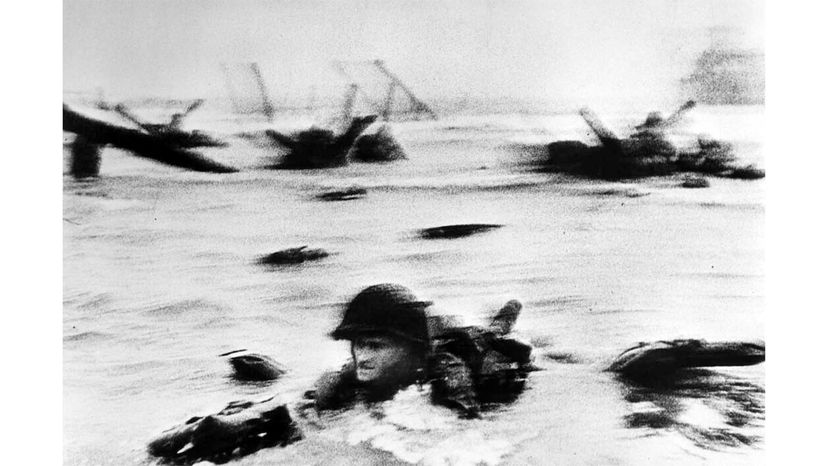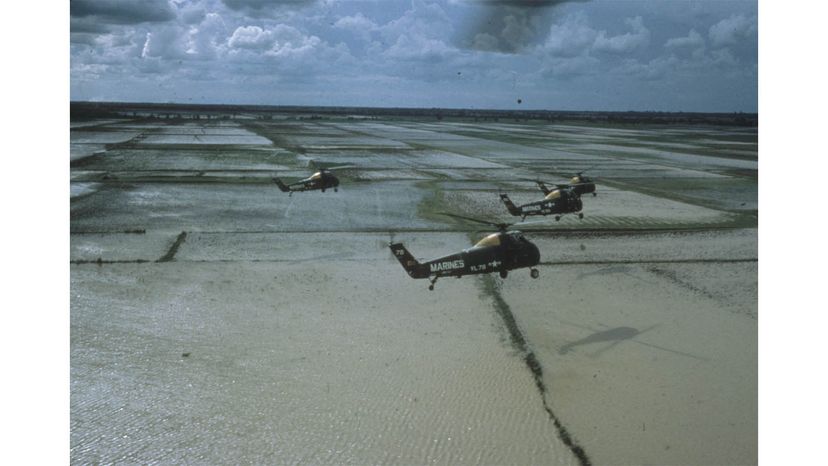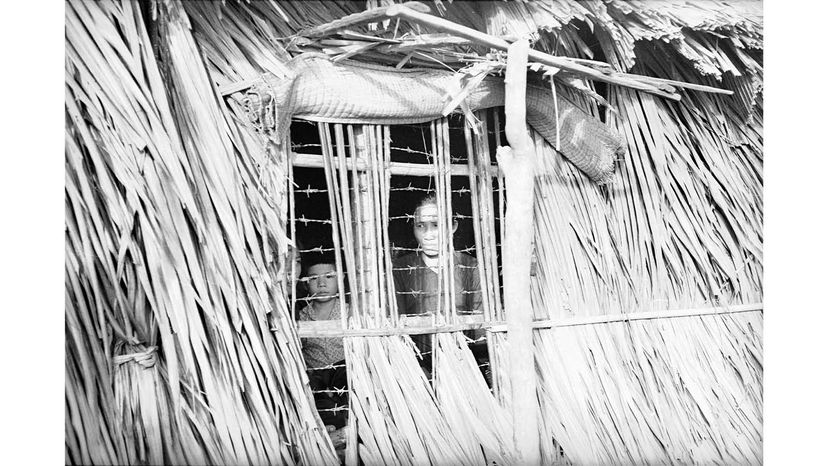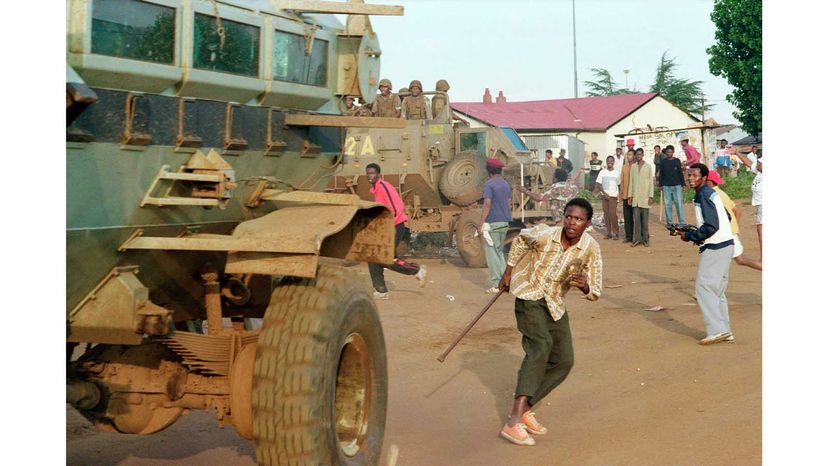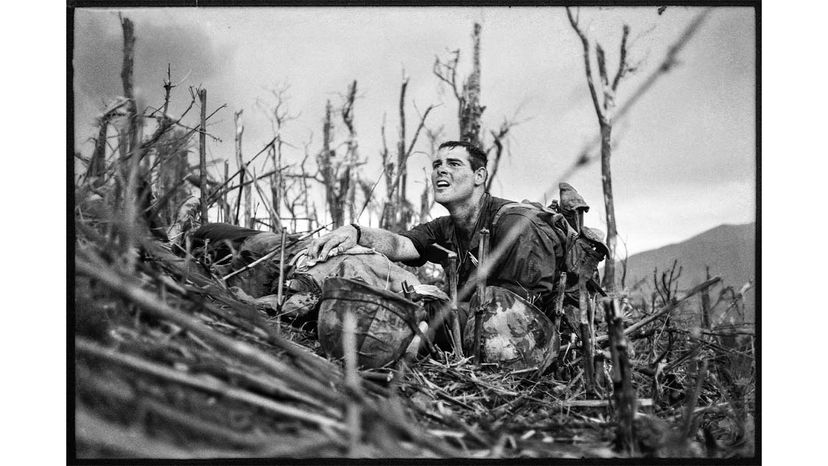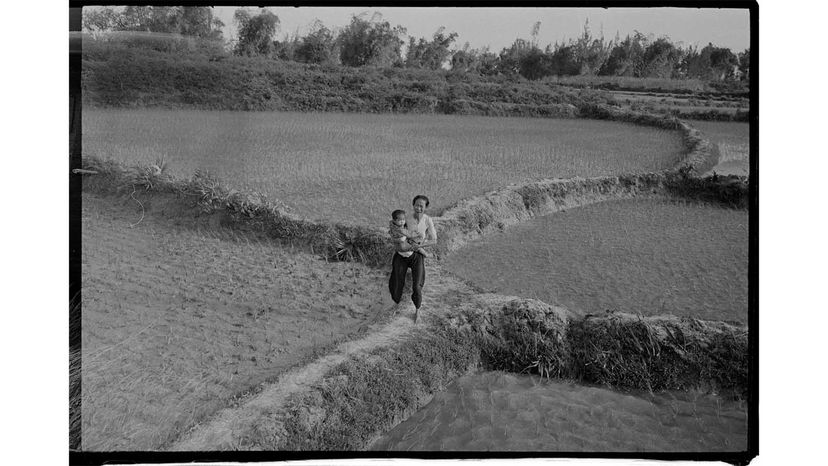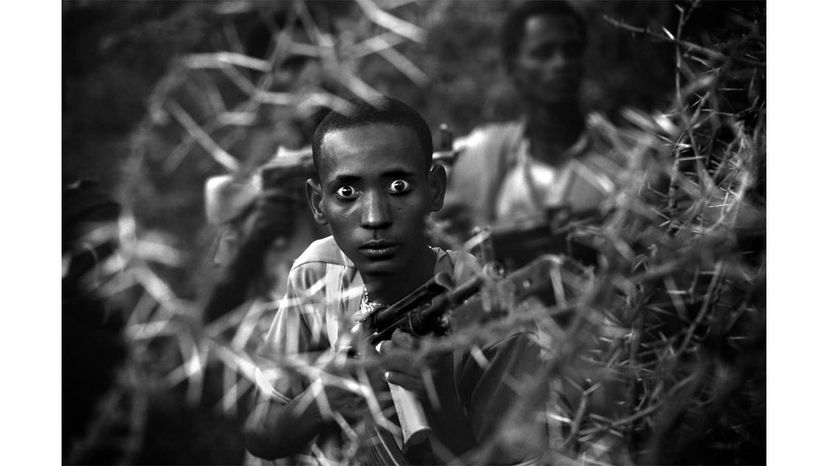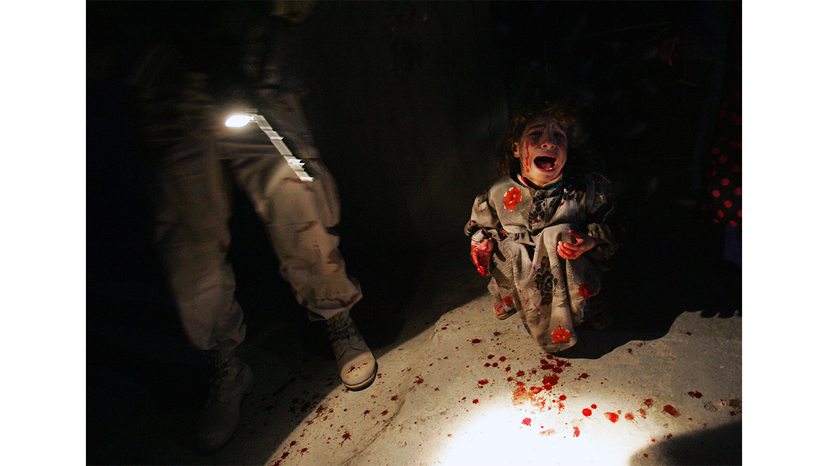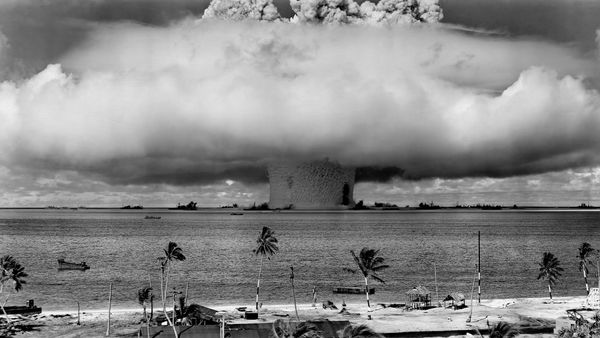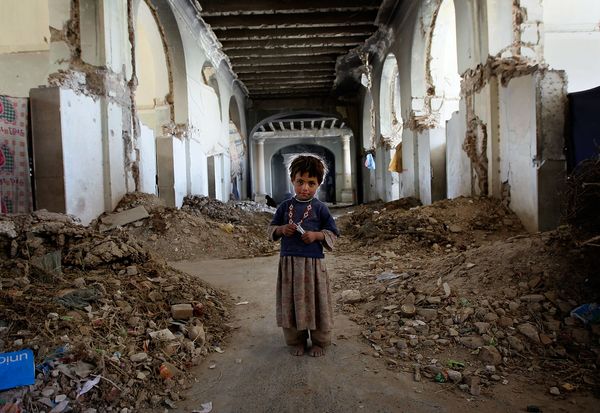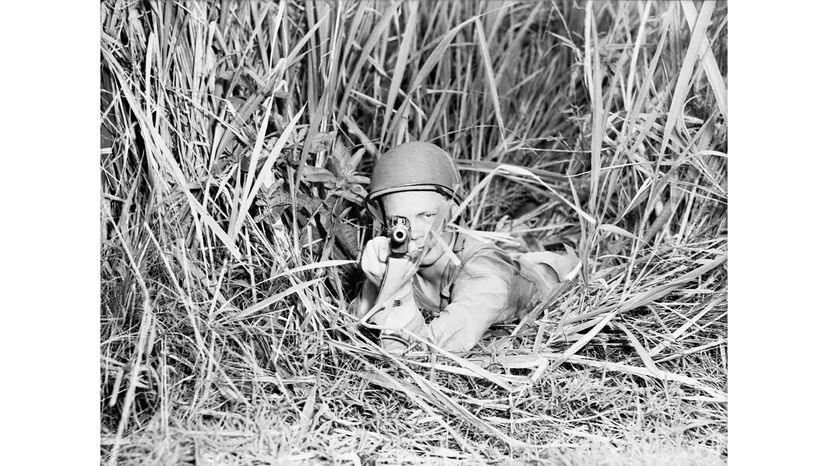
In the month since Russian President Vladimir Putin ordered his troops to invade Ukraine, the world has watched the horrors unfold live on television and social media. The images have been graphic and shocking, demonstrating the absolute worst of humanity.
But the pictures have shown another side of war, too. There are the images of brave Ukrainians staying behind to fight for their country. And photos of the women and children who have trekked miles into the arms of myriad volunteers waiting to clothe, feed and house them. These photos highlight the absolute best of humanity.
Advertisement
Both sides of this story are being photographed by men and women simply doing their jobs — war photographers and correspondents. They're bravely documenting the injustices of war, just as these nine photographers did before them, starting with one man who is considered the father of photojournalism for how he documented the U.S. Civil War.
Editor's note: The images that follow were taken during wartime and may be too graphic for some readers. In addition, in deference to the photographer's vision, HowStuffWorks did not crop the photos that follow to our usual site dimensions.
Advertisement



